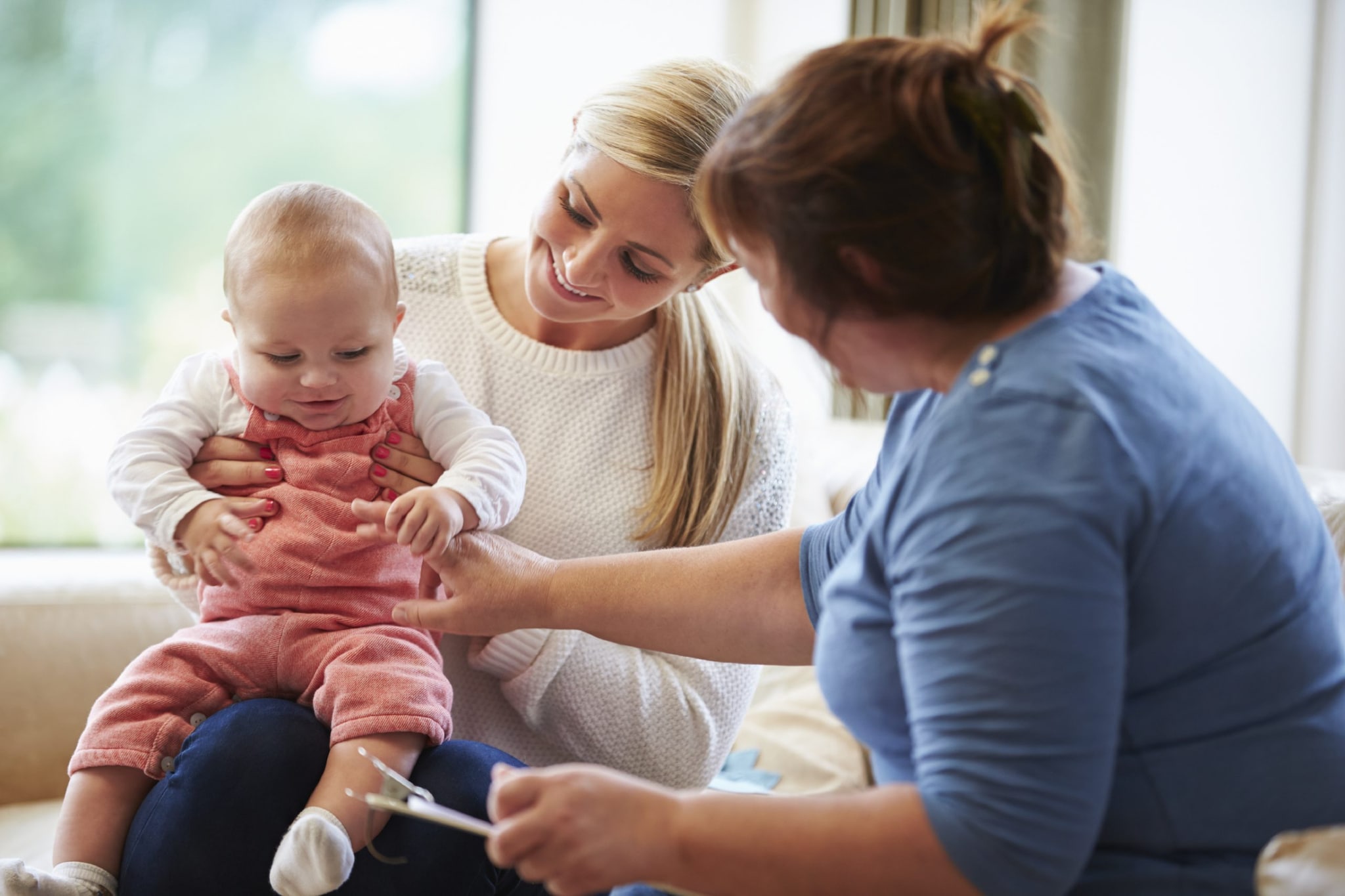Key points
- Abusive head trauma is a leading cause of child abuse deaths in children under five.
- Abusive head trauma can be prevented by understanding the dangers of shaking a baby and offering support to parents and caregivers.

What is abusive head trauma?
Abusive head trauma, including shaken baby syndrome, is a severe form of child abuse that results in a brain injury.12
It often happens when a parent or caregiver becomes angry or frustrated because of a child's crying.3 It is caused by violent shaking and/or with blunt impact. The resulting injury can cause bleeding around the brain or behind the eyes.2
Quick facts and stats
Crying, including long periods of inconsolable crying, is a normal behavior in infants. Shaking, throwing, or hitting a baby is never the right response to crying. Babies less than one year old are at the greatest risk of injury from abusive head trauma.43
In the United States, abusive head trauma:
Outcomes
Nearly all victims of abusive head trauma suffer serious, long-term health consequences.6 7Examples include vision problems, developmental delays, physical disabilities, and hearing loss.7 8As many as one of every four babies who experience abusive head trauma dies from this form of child abuse.89
Prevention
Anyone can play a role in preventing abusive head trauma. It is important to understand that infant crying is worse in the first few months of life. However, it will get better as the child grows.
If you are a parent or caregiver
Trying calming a crying by swaddling in a blanket or holding your baby against your bare skin. Also consider offering a pacifier, rocking gently and singing or talking softly. If possible, you can try taking a walk with stroller or going for drive in the car.
If you are getting upset, focus on calming yourself down. Parenting is hard work! It's ok to ask for help. Put the baby in a safe place and walk away to calm down. Continue to check on the baby every five to 10 minutes. Consider calling a friend, relative, neighbor, parent helpline, or your child's healthcare provider for support.
If the baby won't stop crying, check for signs of illness. Call the doctor if you think the child is sick. Never leave your baby alone with a person who is easily irritated, has a temper, or a history of violence.
If you are a friend, family member, or community member
- Be aware of new parents in your family and community who may need help or support.
- Offer to give a parent or caregiver a break when needed.
- Encourage parents and caregivers to take a break if needed while the baby is safe in the crib.
- Be sensitive and supportive in situations when parents are dealing with a crying baby.
- Support work policies that make it easier for working parents to stay with their infants during the period of increased infant crying (i.e., between 4-20 weeks of age).
Resources
- Pediatric Abusive Head Trauma: Recommended Definitions for Public Health Surveillance and Research: This publication improves the quality and consistency of data collected on abusive head trauma in children.
- Period of Purple Crying: This resource, developed by the National Center on Shaken Baby Syndrome (NCSBS), helps prevent shaken baby syndrome and abusive head trauma by providing programs and services to parents and professionals all over North America.
- Parks, S. E., Annest, J. L., Hill, H. A., & Karch, D. L. (2012). Pediatric abusive head trauma: recommended definitions for public health surveillance and research.
- Christian, C. W., Block, R., & Committee on Child Abuse and Neglect. (2009). Abusive head trauma in infants and children. Pediatrics, 123(5), 1409-1411.
- Lee, C., Barr, R. G., Catherine, N., & Wicks, A. (2007). Age-related incidence of publicly reported shaken baby syndrome cases: is crying a trigger for shaking? Journal of Developmental & Behavioral Pediatrics, 28(4), 288-293.
- Nuño, M., Shelley, C. D., Ugiliweneza, B., Schmidt, A. J., & Magana, J. N. (2020). Differences in incidence and case fatality of abusive head trauma. Child Abuse & Neglect, 104, 104488.
- Palusci, V. J., & Covington, T. M. (2014). Child maltreatment deaths in the U.S. National Child Death Review Case Reporting System. Child abuse & neglect, 38(1), 25–36. https://doi.org/10.1016/j.chiabu.2013.08.014
- Nuño, M., Pelissier, L., Varshneya, K., Adamo, M. A., & Drazin, D. (2015). Outcomes and factors associated with infant abusive head trauma in the US. Journal of Neurosurgery: Pediatrics PED, 16(5), 515-522. https://doi.org/10.3171/2015.3.PEDS14544
- Nuño, M., Ugiliweneza, B., Zepeda, V., Anderson, J. E., Coulter, K., Magana, J. N., Drazin, D., & Boakye, M. (2018). Long-term impact of abusive head trauma in young children. Child abuse & neglect, 85, 39–46. https://doi.org/10.1016/j.chiabu.2018.08.011
- Sieswerda-Hoogendoorn, T., Boos, S., Spivack, B., Bilo, R., & Van Rijn, R. (2012). Abusive head trauma Part I: Clinical aspects. European Journal of Pediatrics, 171(3), 415-423.
- Endom, E.E., Mendez, D. (2010). Abusive Head Trauma. In: Giardino, A., Lyn, M., Giardino, E. (eds) A Practical Guide to the Evaluation of Child Physical Abuse and Neglect. Springer, New York, NY. https://doi.org/10.1007/978-1-4419-0702-8_6
